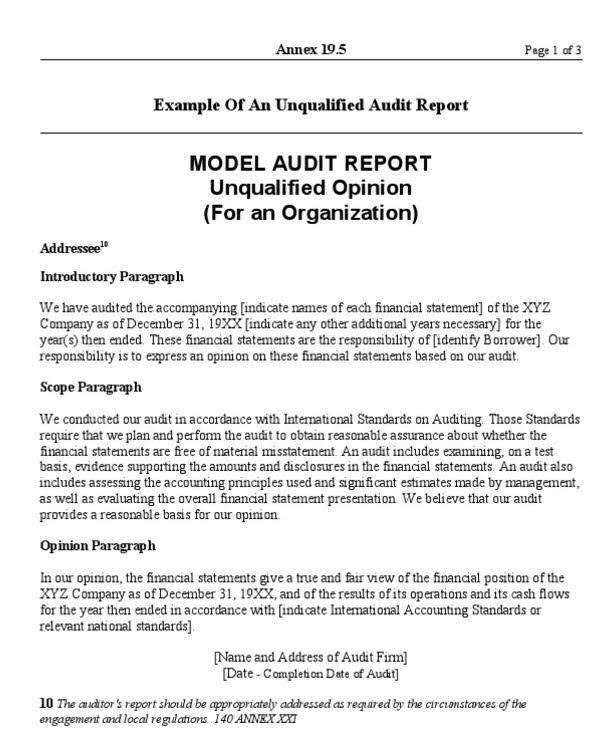-
Address: S.No.58 , 1st Floor , Paras Hub ,
Latur Road, Vasarni , Nanded - 431604 -
Call Us: +91 8799 932 678
info@instachem.co.in

Any unpaid bill or bad bet is the net accounts receivable, or the new total value of a company’s accounts receivable, when including the unpaid debt that is deemed to be uncollectible. Contra assets and contra liabilities are listed on a company’s balance sheet and carry balances opposite of their related accounts. Unlike regular assets and liabilities, contra assets typically keep a credit balance and contra liabilities typically keep a debit balance. Managers and investors must understand contra accounts to accurately analyze a company’s balance sheet and determine the organization’s financial position. Contra asset accounts include allowance for doubtful accounts and the accumulated depreciation. Contra equity is a general ledger account with a debit balance that reduces the normal credit balance of a standard equity account to present the net value of equity in a company’s financial statements.
Asset Contra Account

Instead, it is reported at its full amount with an allowance for bad debts listed below it. Maybe more importantly, it shows investors and creditors what percentage of receivables the company is writing off. Furthermore, contra expense account accounts enhance the reliability of financial ratios used in analysis. Ratios such as the operating margin and return on assets become more meaningful when they are based on net expenses rather than gross figures. This accuracy is crucial for stakeholders who rely on these metrics to gauge a company’s financial health and make investment decisions.
Presentation of Contra Accounts
Namely, within a ledger, each account is intended to contain transactions and balances of a similar type only. But sometimes, dissimilar transactions are important to consider together within a ledger. A contra account is an asset account that is kept at either a negative or zero balance and is used on a balance sheet to offset the positive balance of a paired asset. To put it another way, a contra account is an account listed within a general ledger with the purpose of capturing the reduced value of a paired or related account when the two are added together.
Why should one include contra accounts on a balance sheet?

For example, if a company returns defective goods to a supplier, the value of the returned goods is credited to a purchase returns and allowances account, a type of contra expense account. This reduces the total cost of goods purchased, thereby adjusting the expense to reflect only the net cost. The mechanics of contra expense accounts involve debits and credits, similar to other accounts in double-entry bookkeeping. When an expense is initially recorded, it is debited to the relevant expense account. If a reduction or rebate occurs, a credit is made to the contra expense account, which offsets the original expense.
- Allowance for doubtful accounts is netted from the accounts receivable balance.
- Assume that a company uses a contra expense account to record the amounts that employees paid toward the company’s health insurance costs.
- Most accounts receivable would just be the time between purchase and credit card settlement.
- Conversely, for a contra asset account like depreciation, you would list all entries as a credit, carrying a negative total balance for the overall account.
- The amount on the equity contra account is deducted from the value of the total number of outstanding shares listed on a company’s balance sheet.
- This accuracy is crucial for stakeholders who rely on these metrics to gauge a company’s financial health and make investment decisions.
- A contra expense is an account in the general ledger that is paired with and offsets a specific expense account.
For the past 52 years, Harold Averkamp (CPA, MBA) has worked as an accounting supervisor, manager, consultant, university instructor, and innovator in teaching accounting online. Wanting to spruce up its aging inventory, Show-Fleur purchased new, climate controlled-seats for its fleet, delivering increased comfort for passengers and a cleaner, more modern look for vehicle interiors. The initial cost of this upgrade was $8 thousand per limo or $600,000 in total. A business called Show-Fleur offers private driving tours of local botanical gardens — all from the comfort of high-end limousines.
- Contra expense accounts come in various forms, each serving a unique purpose in financial accounting.
- However, that $1.4 billion is used to reduce the balance of gross accounts receivable.
- These less-frequent contra accounts come into play when you need to account for changes in the outstanding liabilities for your business.
- The Motley Fool reaches millions of people every month through our premium investing solutions, free guidance and market analysis on Fool.com, top-rated podcasts, and non-profit The Motley Fool Foundation.
- The balance sheet will show a gross fixed assets value, a contra account value for accumulated depreciation, and a net value.
- A contra liability is a general ledger account with a debit balance that reduces the normal credit balance of a standard liability account to present the net value on a balance sheet.
To convert your invoice management efforts to an electronic format that can easily share data with other financial systems, businesses can leverage Invoiced’s E-invoice Network. At the same time, our Accounts Receivable Automation software and Accounts Payable Automation software makes tracking, managing, and processing crucial assets and liabilities — and their contras — easier than ever before. The hottest retail item of today can be relegated to nostalgia channels on YouTube tomorrow. And when your business still has some of these outdated, unwanted, or unusable items in your inventory, you’ll want to offset the lost value of these assets in your general ledger and balance sheet. So rather than adjusting your Inventory account, you would update its contra account — Obsolete Inventory. Each account in a general ledger will be designated debit or credit accounts depending on whether they’re categorized as assets, liabilities, revenues or expenses.

The contra asset account, which is allowance for doubtful accounts, indicates the original (gross) amount you report in the accounts receivable. Contra accounts are used to reduce the original account directly, keeping financial accounting records clean. The difference between an asset’s balance and the contra account asset balance is the book value. These three types of contra accounts are used to reduce liabilities, equity, and revenue which all have natural credit balances.
- For its day-to-day operations, the business maintains a fleet of 75 identical 2016 Ford Explorer limousines, each initially retailing at $150 thousand.
- The allowance for doubtful accounts – often called a “bad debt reserve” – would be considered a contra asset since it causes the accounts receivable (A/R) balance to decline.
- In reality, the actual number of company discounts came closer to $5 thousand.
- In other words, the contra liability account is used to adjust the book value of an asset or liability.
- And by comparing these contras against their corresponding parent accounts, you can better understand the actual value of the assets retained by your business.
- Contra expense accounts have a natural credit balance, as opposed to the natural debit balance of a typical expense account.

